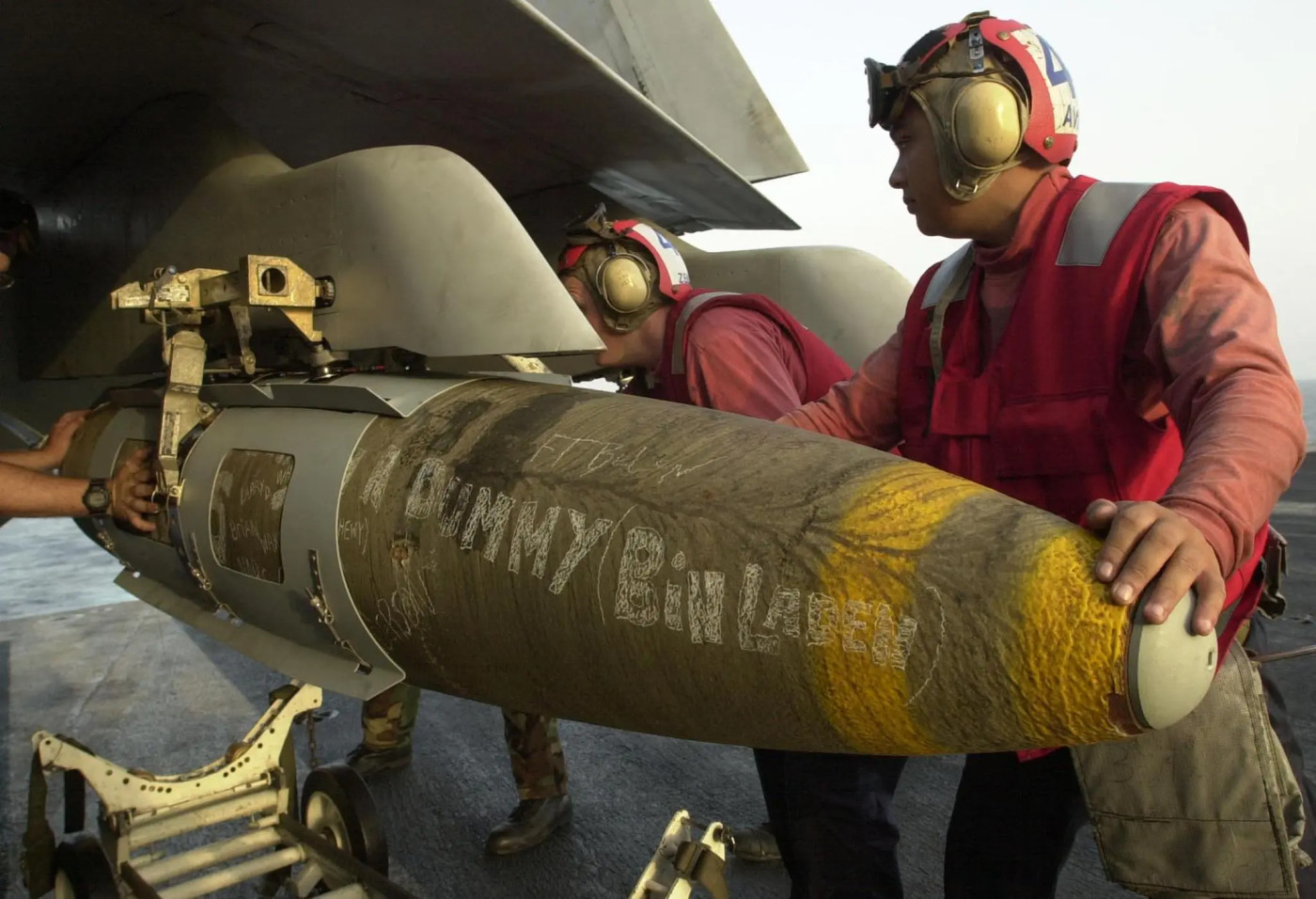Glide Bombs Help Russia Make Gains Near Kharkiv: What To Know
As the conflict in Ukraine rages on, Russia is increasingly employing a weapon known as the glide bomb. These weapons, which take the form of kits added to Russia's Soviet-era unguided high-explosive bombs, have played a role in Russia's recent territorial gains, particularly in the eastern parts of Ukraine.
Glide bombs are a type of precision-guided munition that combines the characteristics of a conventional bomb and a cruise missile. Unlike traditional bombs, which are dropped from aircraft and rely solely on a ballistic trajectory to reach their targets, glide bombs are equipped with wings and guidance systems that allow them to glide for extended distances, increasing their accuracy and range.
Moscow has been using the weapons extensively during a surprise offensive in the east of Ukraine, near the city of Kharkiv.
"They are shelling the villages, firing everything they can," Sergiy Kryvetchenko, deputy head of the Ukrainian military administration in the village of Lyptsi, told AFP.
"The KABs (guided aerial bombs) are flying. The artillery is flying. Drones. Everything," he said.
According to George Barros, Russia team lead at the Institute for the Study of War, a think tank, "Ukraine's air defense systems cannot intercept glide bombs once they have been launched. Russia can therefore strike Kharkiv City without entering Ukraine's airspace."
"Defeating Russia's operation in Kharkiv Oblast requires defeating Russia's glide bomb threat. Russian forces are using glide bombs launched from Russian airspace to enable Russian ground maneuver in Kharkiv Oblast," he wrote on X, formerly Twitter.
Ukraineâs air defense systems cannot intercept glide bombs once they have been launched. Russia can therefore strike Kharkiv City without entering Ukraineâs airspace. It is absurd to constrain Ukraineâs ability to counter the glide bomb threat in Kharkiv at this pivotal movement.
— George Barros (@georgewbarros) May 13, 2024
How Glide Bombs Work
The basic principle behind glide bombs is simple. After being released from a bomber or fighter jet, the weapon's wings deploy, and its guidance system kicks in, allowing it to navigate towards its intended target. This guidance system can be based on various technologies, including inertial navigation, satellite navigation, or laser or television guidance.
One of the key advantages of glide bombs is their ability to strike targets with, in theory, a high degree of precision, even from considerable distances. This precision is achieved through the combination of the weapon's aerodynamic design and its guidance system, which continuously adjusts the bomb's trajectory to compensate for factors such as wind and altitude.
Defeating Russiaâs operation in Kharkiv Oblast requires defeating Russiaâs glide bomb threat. Russian forces are using glide bombs launched from Russian airspace to enable Russian ground maneuver in Kharkiv Oblast.
— George Barros (@georgewbarros) May 13, 2024
"This is a really serious threat," Alexander Kovalenko, a Ukrainian military analyst, told the Moscow Times, an independent outlet, last year before Ukraine's counteroffensive, which was only partially successful. "We need to think about neutralizing it now."
Russia's Resurgent Use of Glide Bombs
Russia has been employing these weapons extensively, particularly in the eastern regions of Ukraine, where they have proven effective in targeting fortified positions and infrastructure.
According to reports, Russia has been using two primary types of glide bombs, in the form of kits fitted to the FAB-500 and the FAB-1500.
The FAB-500 variant is smaller, at 500 kilograms (1,100 pounds) and a range of up to 30 kilometers, while the FAB-1500 is 1,500 kilograms (3,300 pounds) capable of striking targets up to 50 kilometers away. In comparison, the U.S. generally uses bombs of 500 pounds, 1,000 pounds or 2,000 pounds.
In addition to their precision, an advantage of glide bombs is that they allow Russian aircraft such as Su-34 and Su-35 fighter-bombers to stay out of range of Ukrainian air defenses such as Western-supplied Patriot missile batteries.
However, there have also been several instances in which Russia has apparently bombed occupied towns using glide bombs, some of which have failed to detonate.
Countering the Threat
As Russia continues to rely on glide bombs, Ukraine and its allies have been working to develop countermeasures. One approach involves the deployment of advanced air defense systems capable of intercepting these weapons before they reach their targets.
Additionally, efforts are underway to disrupt the guidance systems of glide bombs, rendering them less accurate and reducing their effectiveness.
Disclaimer: The copyright of this article belongs to the original author. Reposting this article is solely for the purpose of information dissemination and does not constitute any investment advice. If there is any infringement, please contact us immediately. We will make corrections or deletions as necessary. Thank you.





